Ursa Minor, also known as the Little Bear, is a constellation in the Northern Sky. It is the 56 largest constellation in the sky, and its brightest star is the North Pole Star – Polaris.
Key Facts & Summary
- Ursa Minor is among the 48 constellations first listed by the Greco-Roman astronomer, Ptolemy, in his 2nd century Almagest.
- Ursa Minor remains among the 88 modern constellations where it holds the 56th place in terms of size, covering around 256 square degrees.
- The constellation of Ursa Minor is home to the North Pole Star, Polaris. Polaris is the brightest star in Ursa Minor.
- Another star, Kochab, is slightly fainter than Polaris, being the second-brightest star in Ursa Minor. Kochab also held the title of the North Pole Star several thousands of years ago.
- The constellation of Ursa Minor, just like its grander counterpart, Ursa Major, is marked by the famous asterism, the Little Dipper.
- The Little Dipper asterism can be seen as the handle of a ladle, hence the North American name.
- The Little Dipper asterism is comprised out of the seven brightest stars in Ursa Minor, namely Polaris, Yildun, Epsilon Ursae Minoris, Anwar al Farkadain, Akhfa al Farkadain, Pherkad, and Kochab.
- There are no Messier objects present in the constellation of Ursa Minor.
- To find the North Pole Star – Polaris – one can use the stars Dubhe and Merak – which are part of the Big Dipper asterism – as pointer stars.
- The constellation of Ursa Minor hosts several interesting deep-sky objects, such as the Ursa Minor Dwarf Galaxy, the active supergiant elliptical radio galaxy NGC 6251, or the closest NGC object to the North Celestial Pole, the NGC 3172 galaxy.
- Currently, around 4 stars have been discovered to host planets in Ursa Minor.
- The Ursids meteor shower is associated with Ursa Minor.
The constellation of Ursa Minor is among the oldest constellations in the sky. Among the earliest records of it belongs to the Babylonian star catalogs, where it was known as the “Wagon of Heaven” - MUL.MAR.GID.DA.AN.NA – who is also associated with the goddess Damkina.
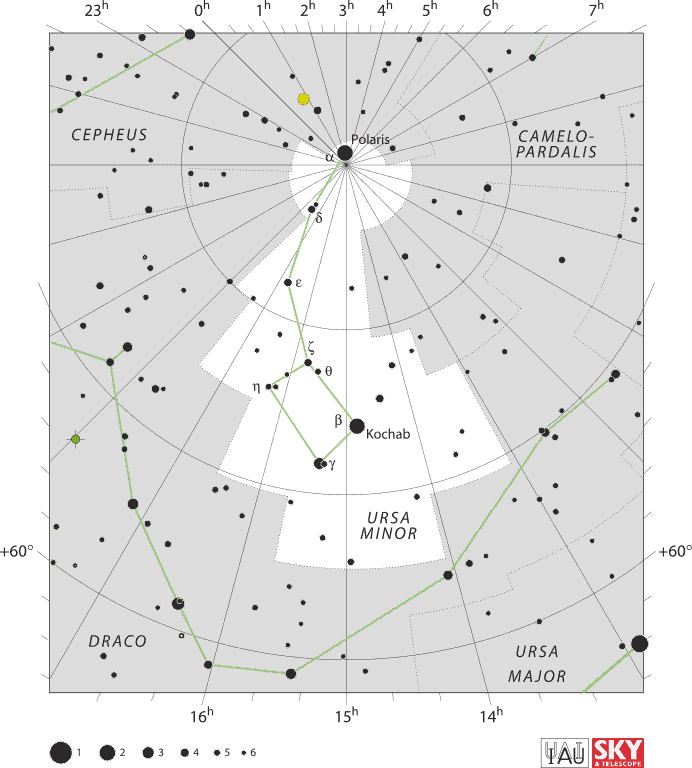
Ursa Minor is listed in the MUL.APIN catalog, compiled around 1000 BC, among the “Stars of Enlil” – the northern sky. In classical antiquity, the celestial pole was closer to Kochab, the second brightest star of Ursa Minor, rather than Polaris, and the entire constellation was taken to indicate the northern direction.
Location
The constellation of Ursa Minor is the 56th largest constellation in the sky. Ursa Minor spreads out for over 256 square degrees. Ursa Minor is easy to spot since it hosts the north pole star.
The constellation has been traditionally important for navigation, particularly by mariners. Ursa Minor is located in the third quadrant of the northern hemisphere (NQ3).
- Right Ascension: 08h 41.4m to 22h 54.0m
- Declination: 65.40o to 90o
- Visible: between +90o and -10o
- Best Viewed: at 21:00 ( 9 p.m. ) during June
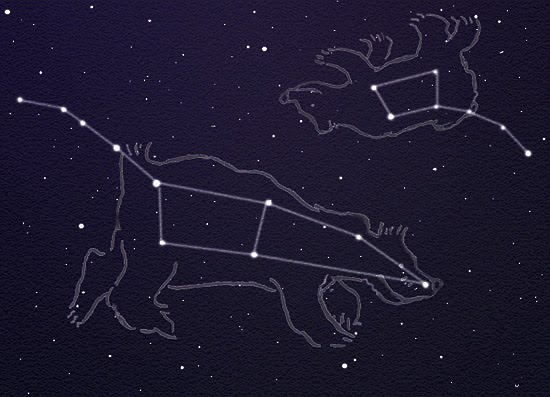
The neighboring constellations around Ursa Minor are Camelopardalis, Cepheus, and Draco. Ursa Minor belongs to the Ursa Major family of constellations, along with Coma Berenices, Bootes, Camelopardalis, Canes Venatici, Corona Borealis, Draco, Leo Minor, Lynx, and Ursa Major.
Notable Stars
The constellation of Ursa Minor hosts several important stars, such as Polaris, the current north pole star, or the seven stars that form the Little Dipper asterism.
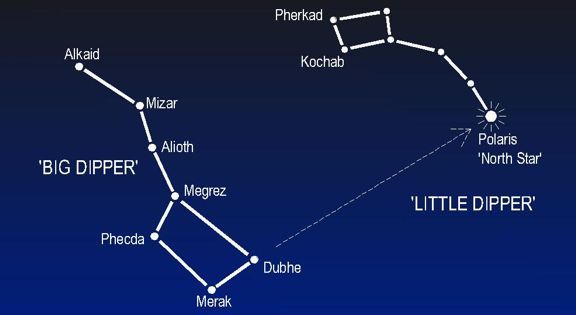
Polaris
Polaris, designated as Alpha Ursae Minoris, is a triple star system, and currently, it is our North Star or Pole Star, being the closest star to the north celestial pole.
The star system has an apparent magnitude of 1.98. The primary star, Polaris Aa, is a yellow supergiant located at around 433 light-years away from Earth.
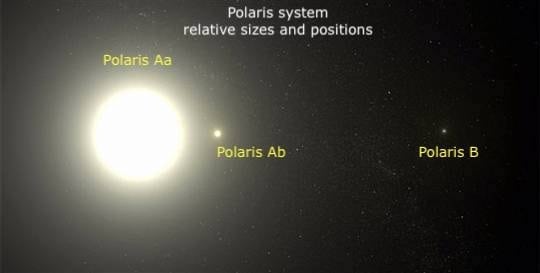
Polaris has 540% of our Sun’s mass, and it is overall around 50 times bigger than our Sun. It is a variable star, being around 2,900 times brighter than our Sun, holding the 50th position among the brightest stars in the night sky.
Polaris has been the North Pole star for more than 2,000 years, and it will remain so until the year 14,000, when Vega, a much brighter star will replace it since Earth’s northern axis will begin to move away from it. Until this happens, Polaris will remain more accurate than any compass.
Kochab
Kochab, designated as Beta Ursae Minoris, is the brightest star in the bowl of the Little Dipper asterism, and the second-brightest star in the constellation of Ursa Minor.
Kochab has an apparent magnitude of 2.08, it can be used by amateur astronomers as a precise guide for setting up a telescope, as the celestial north pole is located at 43 arcminutes away from Polaris, very close to the line connecting Polaris with Kochab.
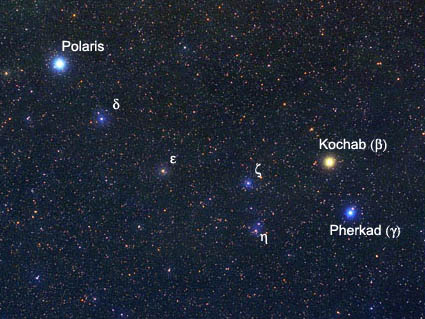
Kochab is a giant star located at 130.9 light-years away from us. It is 390 times brighter than our Sun, having 220% of its mass, and around 4.206% of its radius. Around the year 2500 BCE, Kochab was the north pole star.
Recently, it was discovered that a planet orbits Kochab, which is 610% more massive than Jupiter.
Pherkad
Pherkad, designated as Gamma Ursae Minoris, is a white supergiant star with an apparent magnitude of +3.05. Pherkad, along with Kochab, form the end of the dipper pan of the Little Dipper. Pherkad is situated at around 487 light-years away from us.
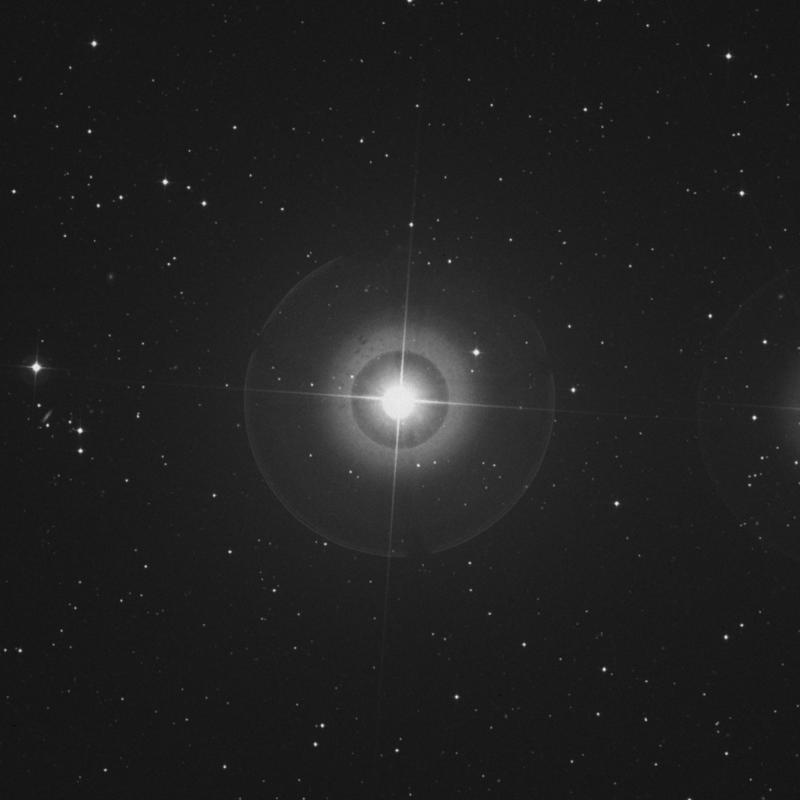
Pherkad is 1,100 times more luminous than our Sun, having 1500% of its radius, and it is also almost twice as hot.
This star is surrounded by a circumstellar disk of gas, most likely caused by its high rotational velocity ( 180 km / 111.8 mi per second). This may also be the reason why Pherkad varies in brightness.
Yildun
Yildun, designated as Delta Ursae Minoris, is a white-hued star with an apparent magnitude of 4.36, situated at around 172 light-years away from the Sun.
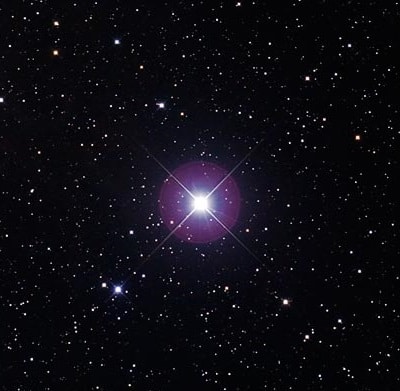
Yildun is around 47.7 times brighter than our Sun, having 235% of its mass, and 280% its radius. This star also rotates rapidly ( 154 km / 95.6 mi per second ), causing it to have an oblate shape with an equatorial bulge around 7% larger than its polar radius.
Urodelus
Urodelus, designated as Epsilon Ursae Minoris, is a binary star located at around 300 light-years away from us. It has an apparent magnitude of +4.19.
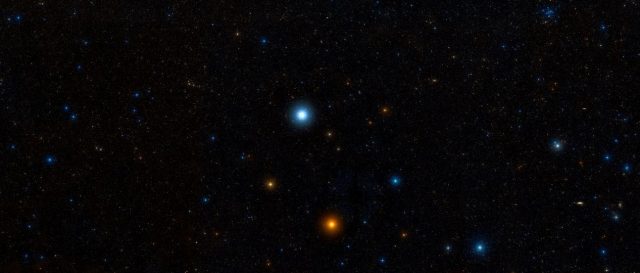
The primary star, Urodelus, is an evolved giant star, and together with its main-sequence companion star, they form an eclipsing binary system. The pair are drawing nearer to the Sun with a radial velocity of – 10.57 km / -6.5 mi per second.
Anwar al Farkadain
Anwar al Farkadain, designated as Eta Ursae Minoris, is a yellow-hued main-sequence star located at around 97 light-years away from us.
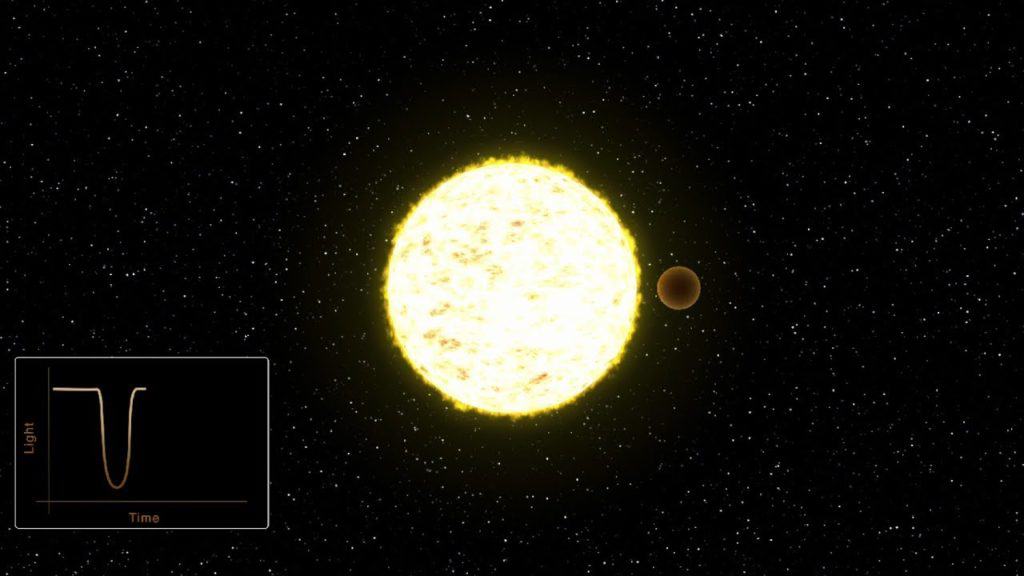
This star has an apparent magnitude of +4.95, having 135% of our Sun’s mass. The name “Anwar al Farkadain” means “the brighter of the two calves.”
Akhfa al Farkadain
Akhfa al Farkadain, designated as Zeta Ursae Minoris, is a main-sequence dwarf star located at around 380 light-years away from us. It has an apparent magnitude of +4.32.
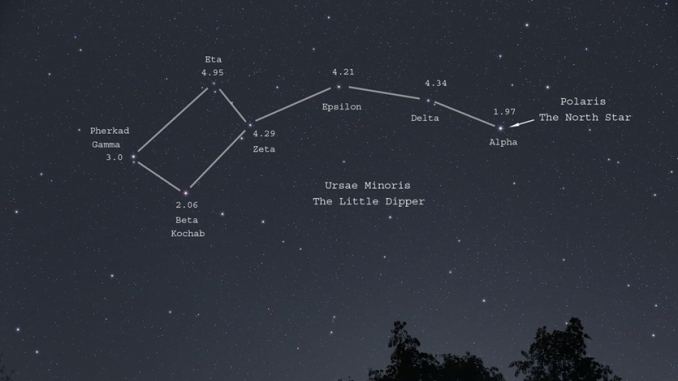
This star is around 227 times brighter than our Sun, having 340% of our Sun’s mass. The star’s name translates to “the dimmer of the two calves”.
H1504+65
H1504+65 is a peculiar star in Ursa Minor. It is actually the hottest white dwarf ever discovered, having average surface temperatures of around 200,000 K.
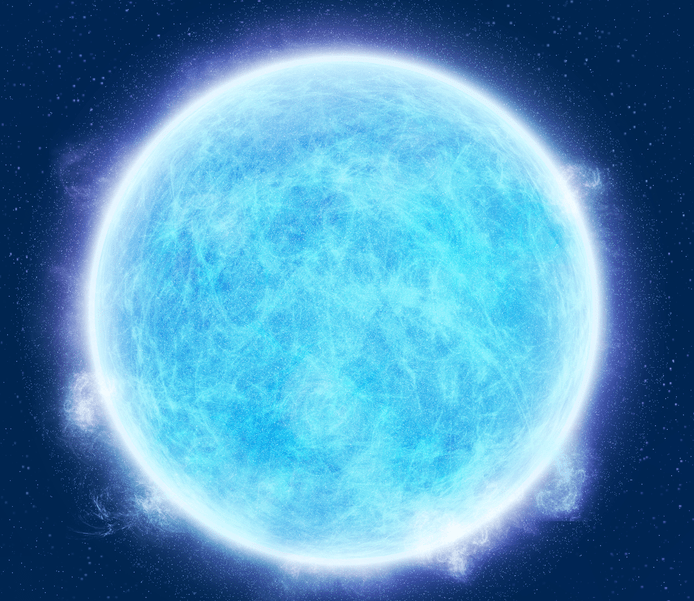
This star is located at around 1,590 light-years away from us, and its composition is unexplained by current models of stellar evolution. H1504+65 has an apparent magnitude of 15.9.
Deep Sky Objects
The constellation of Ursa Minor lacks Messier objects, in fact, it is quite devoid of deep-sky objects. However, there are a couple of them still present and waiting eagerly to be observed through telescopes.
Ursa Minor Dwarf
The Ursa Minor Dwarf is a spheroidal dwarf galaxy, a satellite galaxy to our Milky Way. It is mostly comprised out of old stars and it seems to house little ongoing star formation.
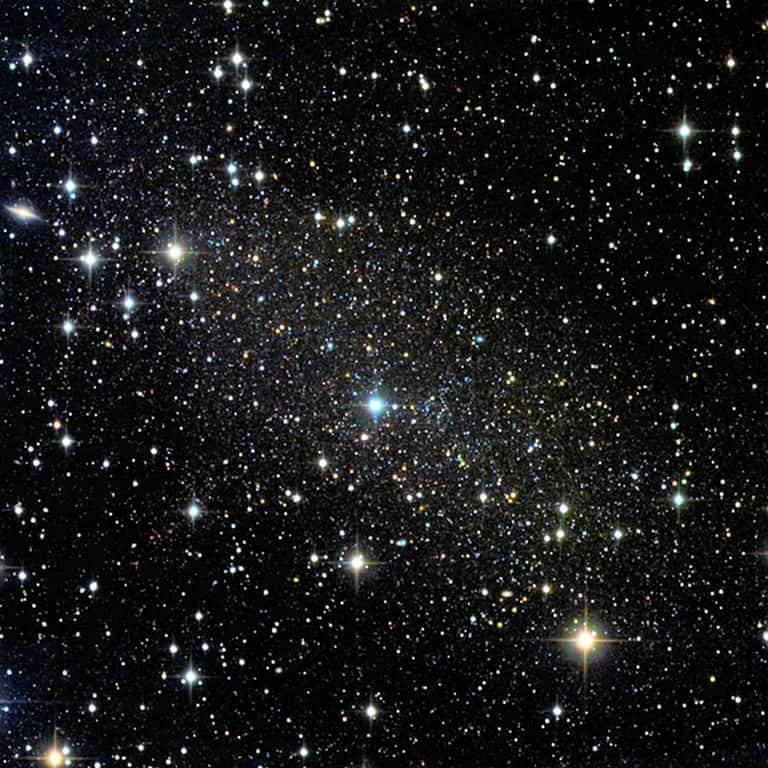
The Ursa Minor Dwarf galaxy has an apparent magnitude of 11.9. Its center is around 225,000 light-years away from Earth.
NGC 3172
NGC 3172, also known as Polarissima Borealis, is a galaxy located at around 285 million light-years away from us. It has an apparent magnitude of 14.9, and it is the closest NGC object to the North Celestial Pole.
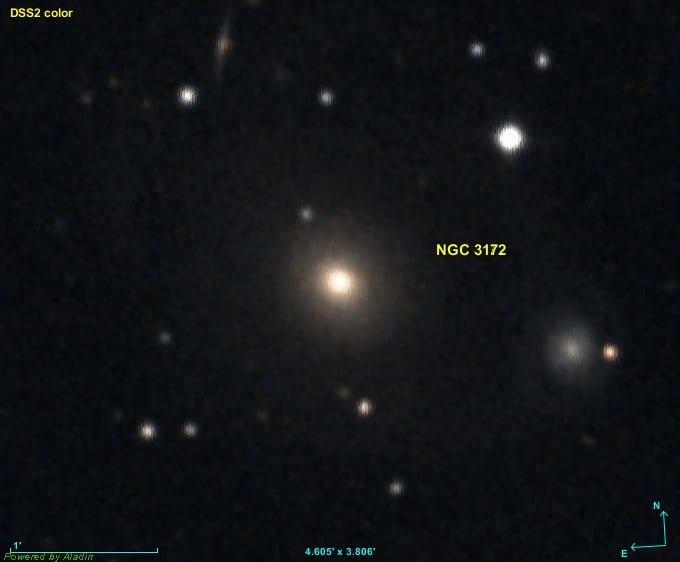
NGC 3172 was discovered in 1831 by astronomer John Herschel. This galaxy stretches for around 85,000 light-years. In 2010, a Type la supernova was discovered in NGC 3172.
NGC 6217
NGC 6217, is a barred spiral galaxy located at around 67 million light-years away from us. It can be viewed with a 10 cm (4 in) or larger telescope since it has an apparent magnitude of 11.2.
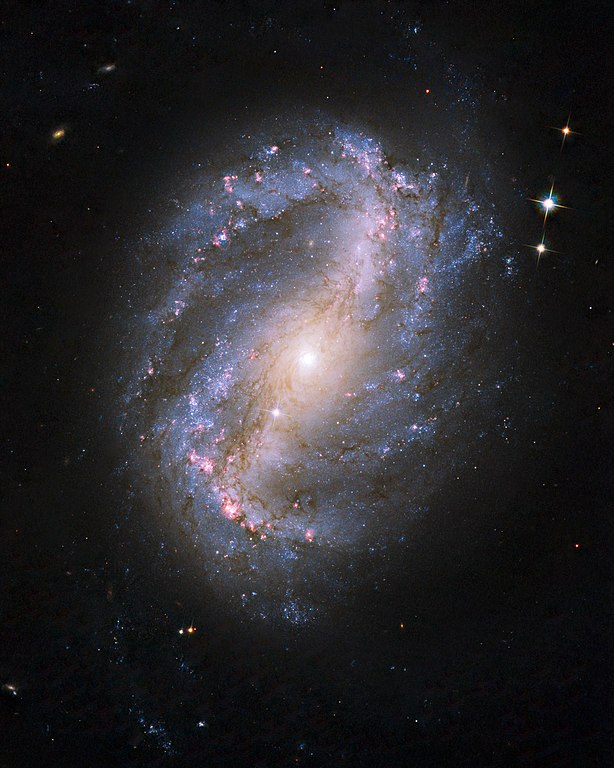
NGC 6217 is also classified as a starburst galaxy, indicating a high rate of star formation, thus its spectrum is dominated by stellar photoionization from young, hot stars.
NGC 6251
NGC 6251 is an active supergiant elliptical radio galaxy, situated at around 340 million light-years away from us. It has an apparent magnitude of 14.3.
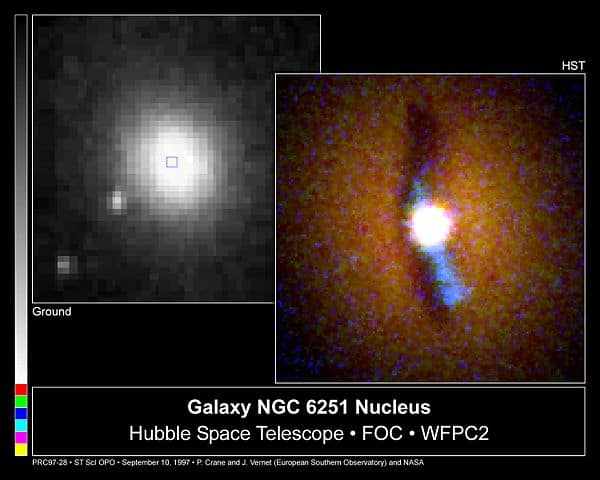
This galaxy has a Seyfert 2 active galactic nucleus, and it is one of the most extreme examples of a Seyfert galaxy. Seyfert galaxies are among the two largest groups of active galaxies, along with quasars. They have quasar-like nuclei with very high surface brightness.
Meteor Showers
The Ursids are a prominent meteor shower whose radiant appears to be Ursa Minor. The Ursids peak between December 18 and 25. The parent body of the meteors is the comet designated as 8P/Tuttle.
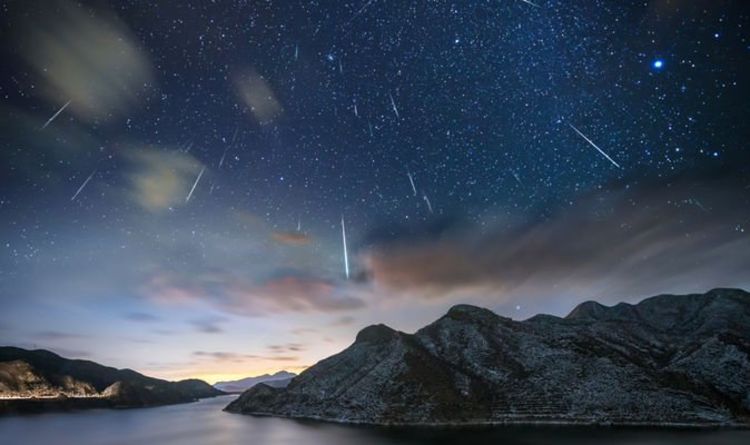
Mythology
Ursa Minor is associated with two different myths. In the first myth, the constellation represents Ida, the nymph who took care of Zeus on the island of Crete when he was young, along with Adrasteia, the nymph who is associated with the larger Ursa Major constellation.
Zeus’s mother, Rhea, hid him on the island to protect him from his father, Cronus, who was afraid that his children will overthrow him. Cronus swallowed Zeus’s brothers and sisters but was tricked into swallowing a stone, thinking that it was Zeus.
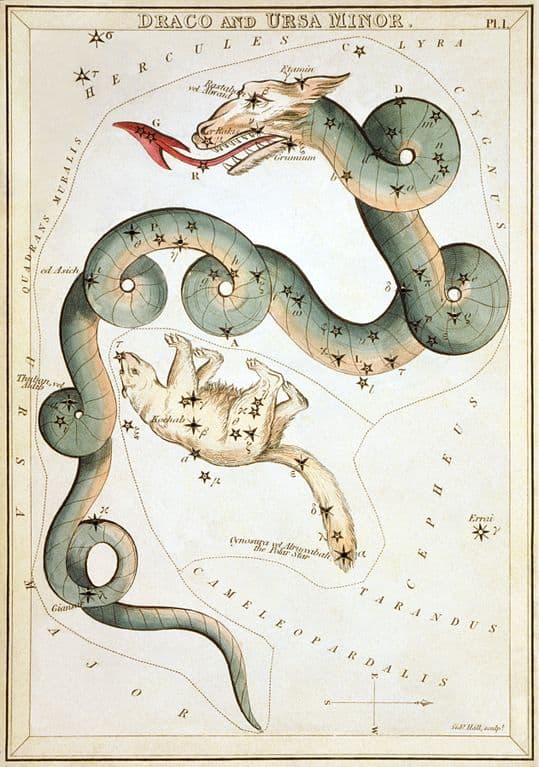
Zeus would eventually free his brothers and sisters and become the supreme god of the Olympians. In the second myth, the constellation represents Arcas, son of Zeus, and the nymph Callisto.
Callisto had sworn a vow of chastity to the goddess Artemis, however, she wasn’t able to resist Zeus’ advances, and thus they had a child, Arcas.
When Zeus’s wife, Hera, found out about the affair, she turned Callisto into a great bear. Callisto then roamed the forests for years until she came face to face with her son, Arcas.
Arcas was scared of the great bear in front of him and drew his spear, but Zeus quickly intervened to prevent a tragedy. He sent a whirlwind that scooped Callisto and Arcas into the heavens, where Callisto became Ursa Major, and Arcas, Ursa Minor.
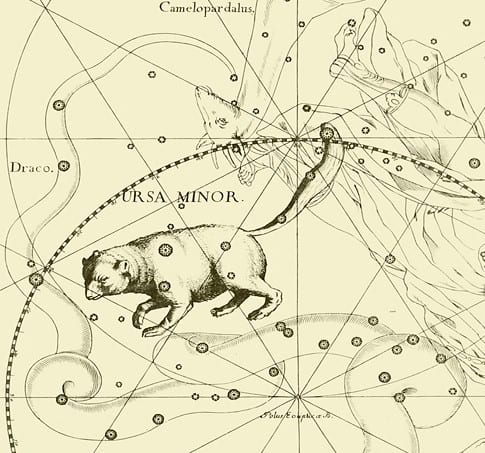
Arcas is frequently more associated with the Bootes constellation, the celestial herdsman. In an older myth, the seven stars that form the Little Dipper were said to represent the Hesperides, the seven daughters of Atlas.
Did you know?
- In Inuit astronomy, the three brightest stars of Ursa Minor – Polaris, Kochab, and Pherkad, were known as the Nuutuittut – “never moving”, though the term is more frequently used for Polaris alone.
- In Chinese astronomy, the main stars of Ursa Minor are divided between two asterisms: the Curved Array – formed by Polaris, Yildun, Urodelus, Zeta Ursae Minoris, Eta Ursae Minoris, Theta Ursae Minoris, and Lambda Ursae Minoris – the second asterism, Northern Pole, - is formed by Kochab and Pherkad.
- Kochab and Pherkad are sometimes referred to as the Guardians of the Pole since they appear to be rotating around Polaris. From 1500 BC to 500 AD, the two stars served as twin pole stars, being the closest bright stars to the north celestial pole.
- The constellation of Ursa Minor is believed to have been created by Thales of Miletus, a Greek philosopher, and astronomer who lived between 625 and 545 BC.
- Thales of Miletus is believed to have descended from a Phoenician family, and thus, the Greeks sometimes called the constellation of Ursa Minor, the Phoenician.
- Before it became known as the Little Bear, Ursa Minor was known as the Dog’s Tail or Cynosura.
Sources:
Image Sources:
- https://upload.wikimedia.org/wikipedia/commons/thumb/c/cb/Ursa_Minor_IAU.svg/692px-Ursa_Minor_IAU.svg.png
- https://sites.google.com/site/rzconstellationmythology/_/rsrc/1402064739286/ursa-minor/Ursa%20Major%20and%20Ursa%20Minor.jpg
- https://i.pinimg.com/originals/d6/97/97/d69797dd5e53c676e15349ac6cf588ed.jpg
- https://nineplanets.org/wp-content/uploads/2020/01/Polaris_system-relative-sizes-and-position.jpg
- https://www.daviddarling.info/images/Little_Dipper.jpg
- https://theskylive.com/sky/stars/star-images/57/5735_800.jpg
- https://freestarcharts.com/images/Articles/Constellations/Ursa_Minor/Polaris_Espenak.jpg
- https://www.constellation-guide.com/wp-content/uploads/2019/04/Algol-640x273.jpg
- https://alchetron.com/cdn/ursa-minor-b317ca79-af1d-40d0-bf03-dd47e5a3023-resize-750.jpeg
- https://i.ytimg.com/vi/Xh4ZFPPHkIM/maxresdefault.jpg
- https://2.bp.blogspot.com/-ZneO-BLUi3Q/Vme2yPftxLI/AAAAAAAAH5s/__mtuAcili8/s1600/Post%2B-%2BDecember%2B2015%2B%252831E%2529%2B-%2B1.png
- https://upload.wikimedia.org/wikipedia/commons/thumb/0/07/Ursa_Minor_Dwarf_-_Giuseppe_Donatiello.jpg/768px-Ursa_Minor_Dwarf_-_Giuseppe_Donatiello.jpg
- https://upload.wikimedia.org/wikipedia/commons/6/67/NGC_3172_DSS.jpg
- https://upload.wikimedia.org/wikipedia/commons/thumb/2/26/NGC_6217_hs-2009-25-bc-full.jpg/614px-NGC_6217_hs-2009-25-bc-full.jpg
- https://upload.wikimedia.org/wikipedia/commons/thumb/4/46/NGC_6251HST.jpg/600px-NGC_6251HST.jpg
- https://cdn.images.express.co.uk/img/dynamic/151/750x445/1212136.jpg
- https://upload.wikimedia.org/wikipedia/commons/thumb/3/3f/Sidney_Hall_-_Urania%27s_Mirror_-_Draco_and_Ursa_Minor.jpg/539px-Sidney_Hall_-_Urania%27s_Mirror_-_Draco_and_Ursa_Minor.jpg
- https://www.constellationsofwords.com/images/UrsaMinor.jpg
